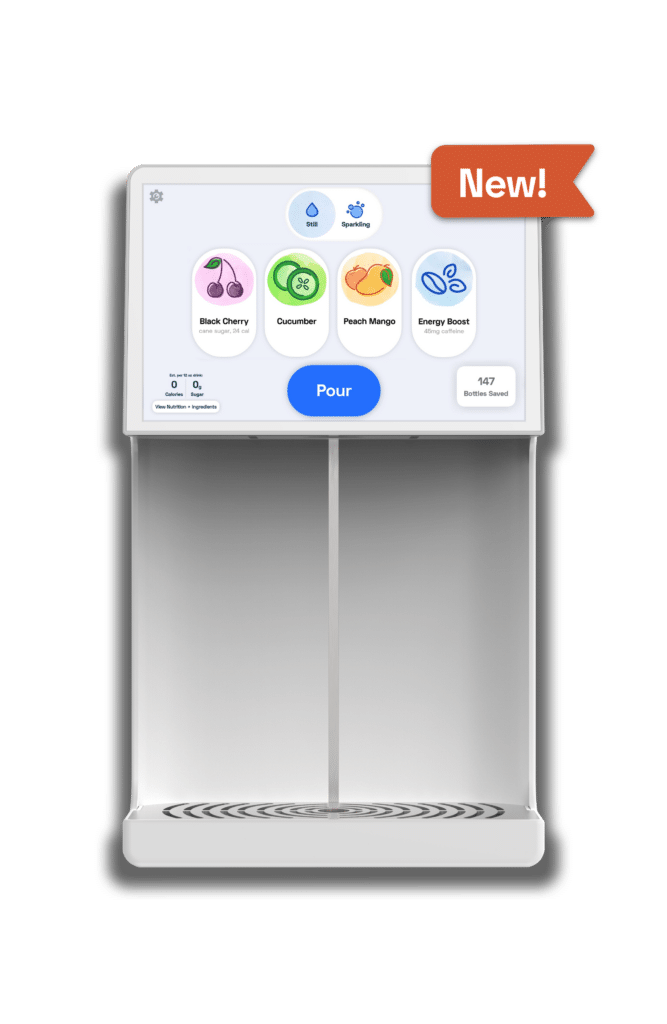In a survey by global design and architecture firm, Gensler, only 12% of U.S. workers want to work from home full-time. Most want to return to their offices and workplaces – but only with changes that protect them from Covid-19.
An abundance of floor graphics reinforcing safe distancing, corridors with one-way foot traffic, and mask-wearing co-workers are likely to be among the differences we see at work. It won’t just be the look of our offices that will be different, how we do what we do in those spaces will change as well.
Please don’t touch
A key to safety is limiting touchpoints. That’s generating some intriguing ideas of what you could expect in the new touchless workplace. The ubiquitous restroom messaging requiring all employees to wash hands before returning to work will likely resonate deeper and wider in most workplaces. MarketWatch makes a similar prediction that “consumers will make contactless experiences and sanitizing a part of daily life.”
We only need to look at Hong Kong to get a sense of what that could be. After the SARS epidemic in 2003, major public health changes were put in place, including more automatic doors and no-touch payment methods.
The future may already be in our hands
Personal devices will play a much larger role at work. Their Bluetooth, Wi-fi, and LTE capabilities provide easy-to-use and well-established access technology for just about any kind of touchless solution.
It’s not hard to envision gaining entry to a building using Bluetooth to open an automatic door, eliminating an ID card swipe or fingerprint scan. Apps could also find their way into ordering food from company cafeterias or providing touchless operation of vending machines and office water dispensers.
Wave it on, wave it off
Even simpler than using our phones will be using our hands. While hands-free bathroom fixtures were gaining popularity well before the pandemic, more advanced gesture control technology is already being implemented in some buildings. Lakeside Center, an office and retail center under construction in Columbia, MD, will include touchless controls that allow people to ride elevators and open doors with a hand wave.
Meet your new co-workers, Siri and Alexa
Voice-activated virtual assistants, like those we use at home and in our cars, could also be joining us at work. Their track record of integrating voice control with a variety of devices could make them useful in instances where apps or gestures might be too clunky or responsive to work. In offices and conference rooms, your voice could dim lights, turn on projectors, and adjust the temperature. Gensler envisions expanding voice-control to also handle both touch- and non-touch-related tasks, “Combine these two elements in a workplace setting and the potential is immediately appealing: “unlock my office,” “order my usual lunch in 10 minutes,” or even “setup a meeting for me with John tomorrow at 3 p.m. in a conference room for two.”
Welcoming change
While much of the Touchless Workplace has come about in response to the coronavirus, it could provide benefits well into the future. Limiting the need to touch surfaces and objects will reduce germ-spread in general, keeping us all healthier. It can also make the time we spend at work more enjoyable and efficient. For example, the same technology that monitors occupancy to support social distancing could also be used for something as routine – but essential – as finding an open conference room. So, while our first day back in our old workplace may feel more like the first day in a new one, we may find that many of the touchless changes we encounter may be well worth embracing (although not literally).






